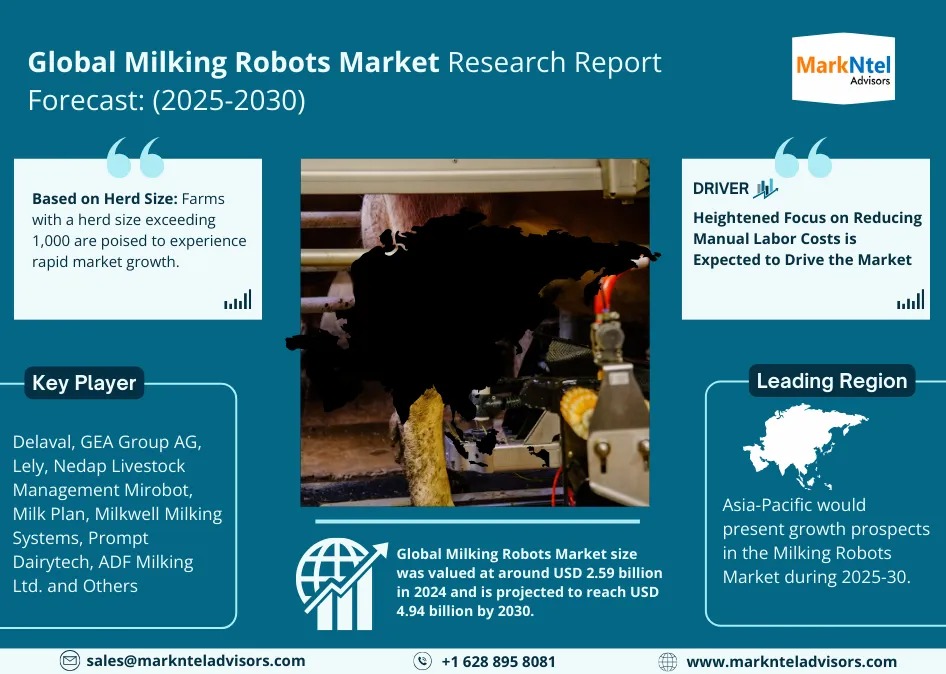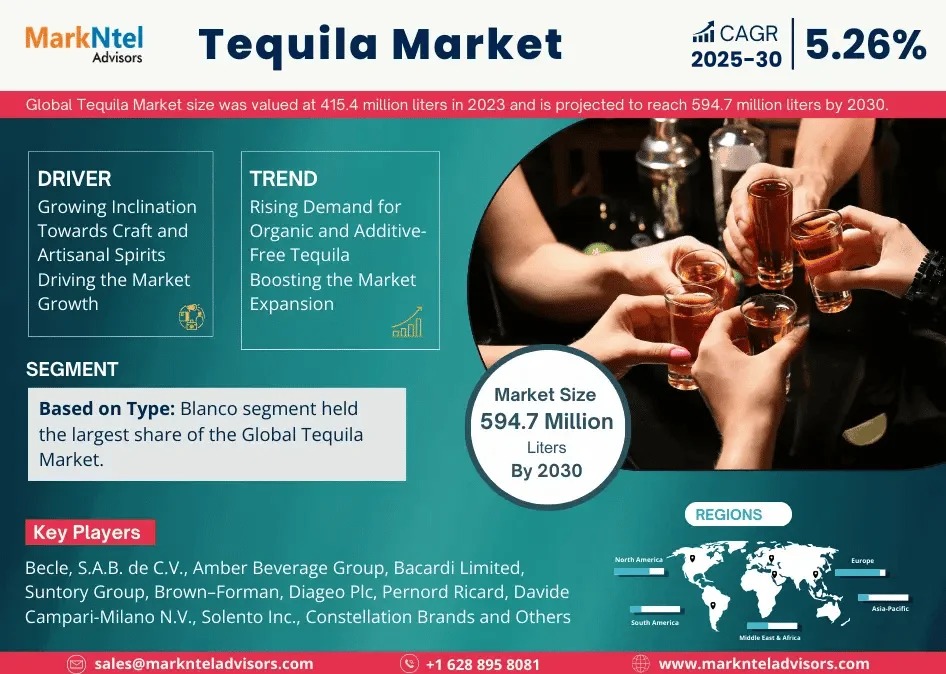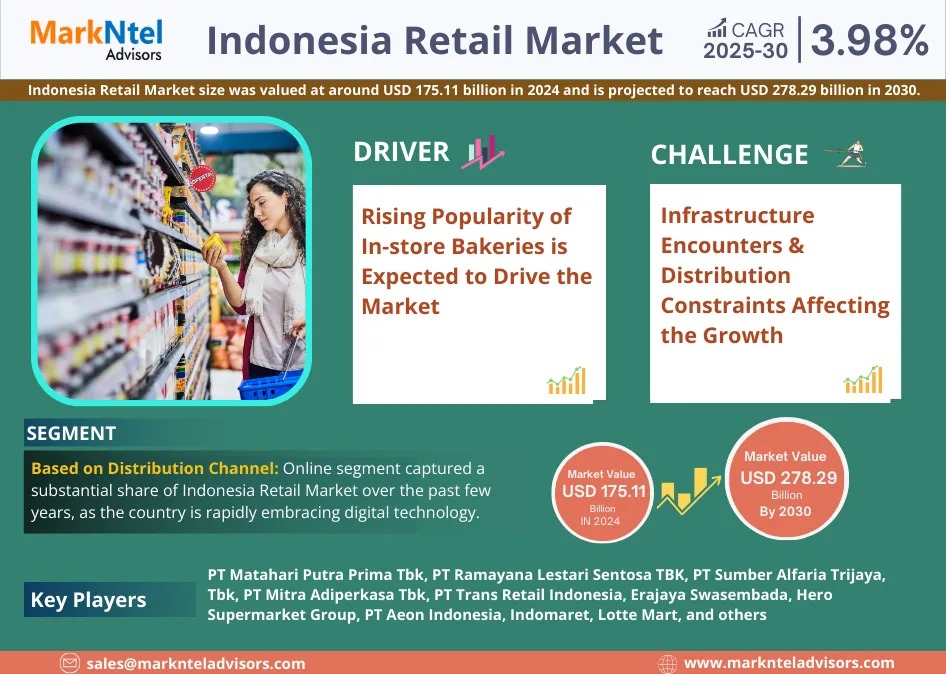
In today’s hyper-connected world, culture changes fast—trends rise and fall in days, attention spans are short, and consumer loyalty is fragile. Yet, some brands manage to stay not only visible but culturally relevant for years—even decades. How do they do it? One of the most powerful, yet often underestimated tools behind their success is Public Relations (PR).
PR is more than media coverage or managing a brand’s reputation during crises. It’s a strategic discipline that helps shape how people feel about a brand, often by tying it to bigger conversations happening in society. Brands that remain relevant across generations don’t just sell products—they participate in culture. And PR is the engine behind that participation.
Let’s explore how PR helps brands achieve enduring cultural relevance and how your business can do the same.
If you’re searching for a reliable PR company in Delhi, we have the expertise you need. Reach out to us at Twenty7 Inc!
1. PR Aligns Brands with Cultural Movements
At its best, PR taps into the heartbeat of society. It senses where attention is shifting—whether it’s social justice, sustainability, mental health, or diversity—and finds meaningful ways for brands to participate.
Take Nike, for example. Its PR strategy doesn’t stop at product announcements—it positions the brand within cultural conversations around race, activism, and equality. The Colin Kaepernick campaign wasn’t just a marketing move; it was a bold PR message about where the brand stands. That moment embedded Nike deeper into cultural consciousness.
Key Takeaway:
PR teams that track cultural currents and guide brand involvement authentically help brands stay relevant—not just reactive.
2. PR Humanizes Brands Through Storytelling
People connect with people, not corporations. PR knows this well and excels at telling human-centered stories that resonate emotionally. Whether it’s highlighting the founder’s journey, customer testimonials, or behind-the-scenes narratives, PR gives a face and voice to brands.
Consider Airbnb. Its rise wasn’t just about accommodations—it was about “belonging anywhere.” PR told stories of hosts and guests creating cross-cultural connections, which made the brand feel more personal and impactful. That narrative helped Airbnb transcend travel trends and become part of a larger movement around community and experience.
Key Takeaway:
PR tells stories that people feel—and feelings are remembered long after features are forgotten.
3. PR Builds Long-Term Media Relationships
While social media can trend overnight, earned media builds sustained credibility. PR nurtures relationships with journalists, editors, and influencers to create a consistent and positive brand presence over time.
Unlike fleeting ads, PR coverage in trusted outlets becomes part of the public record. When a brand appears in The New York Times, Forbes, or TechCrunch, it’s not just seen—it’s validated. Over the years, this repetition creates recognition and trust, reinforcing the brand’s relevance.
Key Takeaway:
Trust compounds. Consistent PR presence in credible media outlets strengthens a brand’s place in the cultural psyche.
4. PR Encourages Purpose-Driven Visibility
Brands with a clear mission or purpose tend to stand the test of time. PR plays a critical role in refining and broadcasting that purpose to the public.
Companies like Patagonia have built reputations around environmental activism. Their PR strategy ensures every campaign, press release, and public statement aligns with their values. Whether it’s urging customers not to buy their products or suing the U.S. government over land protection, these acts aren’t just stunts—they’re PR-powered statements that fuel legacy.
Key Takeaway:
When PR aligns brand messaging with deeper purpose, it fosters not just relevance, but reverence.
5. PR Helps Brands Adapt Without Losing Identity
Cultural relevance doesn’t mean constantly reinventing yourself. It means evolving with your audience while staying true to your core. PR helps brands bridge the gap between consistency and change.
A great example is LEGO. Once considered a kids’ toy, LEGO used PR to rebrand as a cross-generational creative brand. Through adult fan communities, educational tie-ins, Hollywood partnerships, and inclusive product lines, it became a multigenerational icon without abandoning its roots.
Key Takeaway:
PR helps brands evolve by crafting narratives that both honor the past and embrace the future.
Are you seeking a trusted PR company in Bangalore to manage your communications? Reach out to Twenty7 Inc today!
6. PR Amplifies Community Engagement
Relevance isn’t only about what a brand says—it’s also about how it listens and interacts. PR-driven community engagement—whether through local events, social causes, or collaborations—creates a two-way cultural dialogue.
Ben & Jerry’s is a master at this. From supporting racial justice to environmental reform, its PR team creates campaigns that engage both grassroots communities and global audiences. This approach doesn’t just generate buzz; it creates belonging.
Key Takeaway:
PR helps brands co-create culture—not just comment on it.
7. PR Turns Crisis Into Cultural Comeback
Even the most beloved brands face backlash. But with strategic PR, a crisis can become a catalyst for transformation.
Tylenol, after a product-tampering crisis in the 1980s, rebuilt its brand through transparent, empathetic communication and bold safety reforms. It didn’t just survive—it became a case study in brand trust and PR recovery.
Handled correctly, crisis PR not only protects reputation—it can deepen cultural trust and enhance relevance.
Key Takeaway:
Culture values accountability. PR enables brands to own mistakes, pivot, and re-enter conversations with dignity.
How to Build Culturally Relevant PR for Your Brand
To stay relevant for decades, your PR strategy must be intentional and people-focused. Here’s how to start:
1. Define Your Purpose
Clarify what your brand stands for. Why do you exist beyond profit? PR will amplify that purpose across platforms.
2. Tell Better Stories
Invest in storytelling. Share founder journeys, customer wins, or behind-the-scenes efforts that align with your brand values.
3. Stay Tuned to Culture
Monitor trends, news, and public sentiment. PR should help you contribute to conversations, not chase them.
4. Earn Credibility Over Time
Secure press in credible outlets and develop thought leadership content. Repetition builds relevance.
5. Engage, Don’t Just Broadcast
Use PR to foster interaction—via social responsibility, community events, or co-created campaigns.
6. Be Consistent, Yet Adaptable
Keep your messaging aligned with your core identity while adjusting tone or focus to reflect changing times.
If you’re searching for a reputable PR company in Hyderabad, we’re here to assist! Reach out to us at Twenty7 Inc.
Final Thoughts: PR Is a Cultural Compass
Public Relations isn’t a short-term tactic—it’s a long-term commitment. It helps brands build relationships, tell resonant stories, and stay visible in the ever-evolving landscape of culture.
As consumer preferences change, technology evolves, and global conversations shift, brands that invest in PR don’t just keep up—they lead. They don’t just trend—they transcend.
So if your goal is to build a brand people still care about in ten, twenty, or even fifty years, remember this:
Advertising makes you known. PR makes you remembered. Culture makes you last.
Follow these links as well
https://twenty7inc.in/best-pr-agency-in-gurgaon/
https://twenty7inc.in/pr-agency-in-noida/
https://twenty7inc.in/pr-agency-in-chennai





